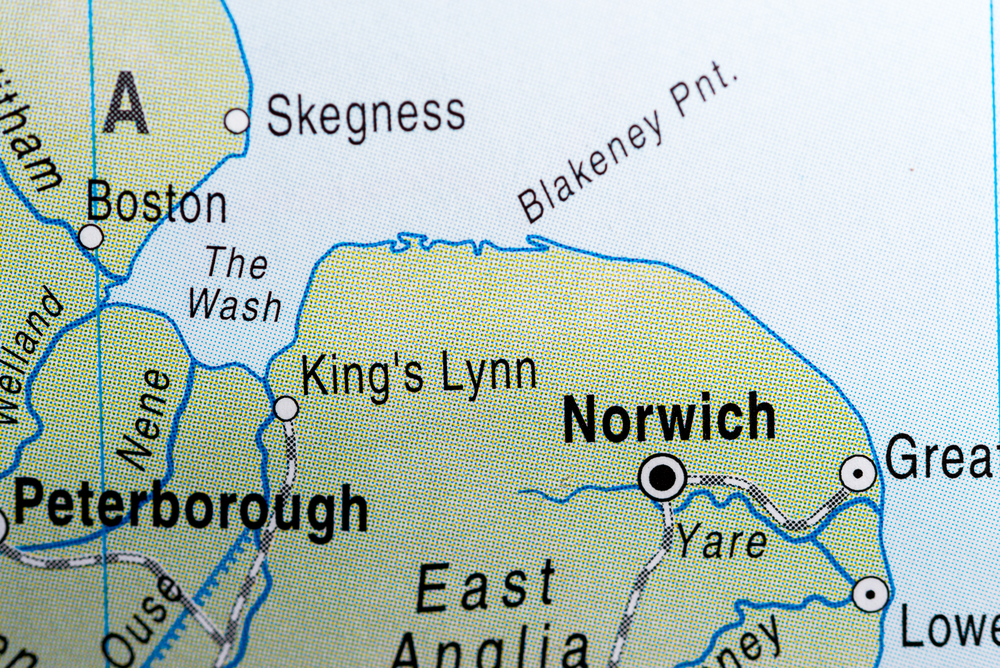Air quality improvements noted in King’s Lynn
Report notes that King’s Lynn & West Norfolk council has recorded improvements in air quality within the borough
King’s Lynn & West Norfolk borough council has recorded improvements in air quality within the borough, since the establishment of two Air Quality Management Areas, the local authority has claimed.
 Two AQMAs exist within the borough one in the town centre and one at Gaywood clock.
Two AQMAs exist within the borough one in the town centre and one at Gaywood clock.
In its latest screening assessment for air quality the council claim that levels across the borough for benzene, 1, 3-butadiene, carbon monoxide, lead, particulates (PM10) and sulphur dioxide were found to be below legal limits.
And, according to the council, nitrogen dioxide (NO2) monitoring has shown that during 2014 the annual mean objective level was exceeded at only two locations; one of which was inside the existing town centre AQMA.
The council notes that there has also been decrease in NO2 levels in each AQMA, which it claims shows an overall improvement in air quality.
Road layout
A new road layout along Hardwick Road and at the Southgates roundabout has also improved traffic flows into the town centre and along London Road, helping improve air quality in this area it adds. NO2 levels in the Railway Road part of the AQMA still continue to be close to objective levels.
Cllr Brian Long, borough council cabinet member for Environment, said: “Air quality in the borough continues to improve as all but one of the substances we monitor are at levels below the legal limit. I’m pleased that the work we have done to improve air quality in both areas has had significant results, especially along London Road. Nitrogen dioxide is still a concern though, so we continue to monitor our AQMAs very closely.
“We’re also continuing to implement the twenty measures in our Air Quality Action Plan that, in combination, aim to reduce traffic emissions in both the AQMAs”.
The report also considered new potential sources of air pollution including biomass boilers. It was concluded that that none of the three biomass facilities reviewed, or other new potential sources, require further assessment.
A copy of the report has been submitted to Defra for approval.













